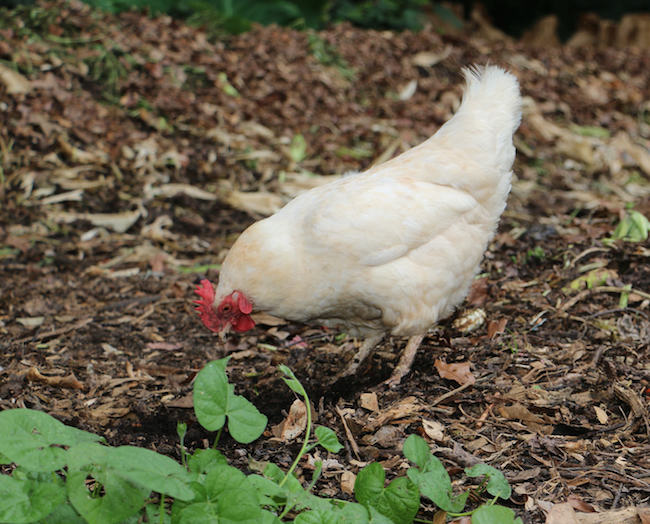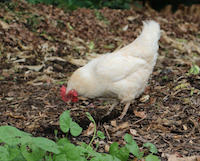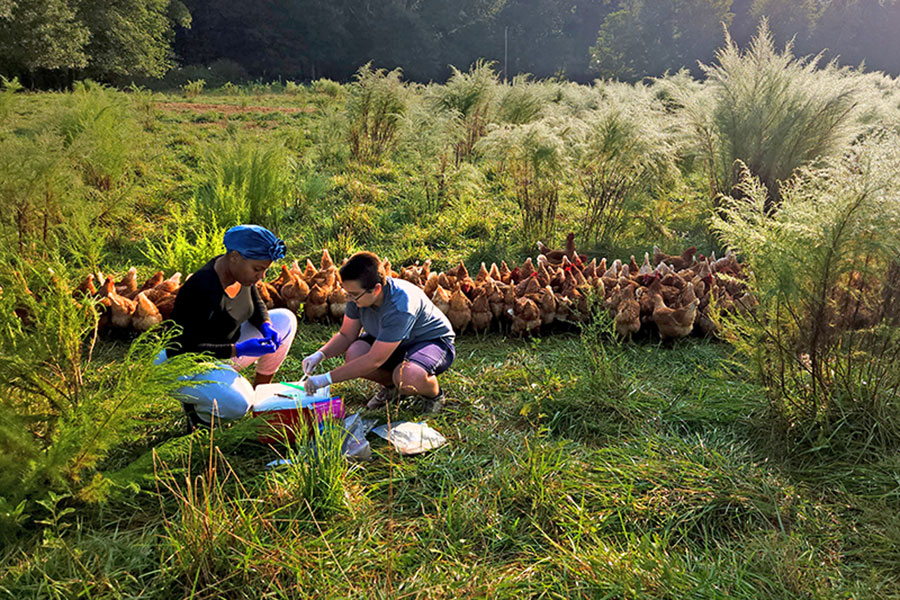The devastating virus has yet to impact Georgia’s top agricultural industry, but University of Georgia Cooperative Extension poultry scientist Casey Ritz believes it’s best if Georgia farmers are proactive in dealing with avian influenza.
“Having everybody on the same page ahead of time will alleviate some of the confusion and panic that would happen and has happened in the past,” Ritz said. “The more initial training and education that we can do, the more appropriate will be our response.”
If a chicken tests positive for the highly pathogenic avian influenza (HPAI) virus, the entire flock must be depopulated to prevent further spread of the infection. Depopulation must occur within 24 hours of a positive test, according to Ritz.
“Sometimes the timing of an outbreak event may lend itself to one method over another. It also might be dependent on where the outbreak occurs,“ Ritz said. “In south Georgia, burial is not an option because of the high water table. Landfilling might not be an option, if there’s not one certified by the state to dispose of animal mortality.”
Composting is usually the predominant method of disposal.
“Of the cases that have been disposed of in the Midwest, 90 percent or more have been composted,” Ritz said.
Composting is a natural process that recycles decomposed, organic materials into a soil, otherwise known as compost. Composting involves returning nutrients back into the soil.
“Ideally, as soon as the birds are dead, you would start composting them. The 24-hour depopulation time frame is the standard that we must try to meet,” Ritz said.
Though avian influenza outbreaks date back many years, this particular high pathogenic strain was initially discovered in December 2014 in the Pacific Northwest. Waterfowl tend to be the primary carriers of the virus. When waterfowl are more abundant, like when birds fly south during the fall, the risk is heightened and Georgia becomes more susceptible.
“During bird migration, there is increased risk and concern, certainly. Over the winter months when bird movement is limited, it’s less of a risk than when migrations are occurring. Currently there’s a heightened risk that we need to be mindful of,” Ritz said.
Georgia’s poultry industry accounted for 39 percent of the state’s total farm-gate production value, or $5.5 billion, in 2014, according to the UGA Center for Agribusiness and Economic Development.
More information on biosecurity for poultry is available online at extension.uga.edu/topics/poultry/avian-flu or through your county UGA Extension office.








